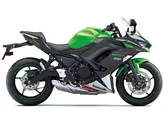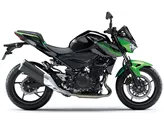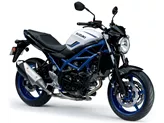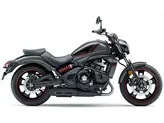Kawasaki ER-6n 2013 vs. Kawasaki Z650 2020

Kawasaki ER-6n 2013

Kawasaki Z650 2020
Overview - Kawasaki ER-6n 2013 vs Kawasaki Z650 2020
The Kawasaki ER-6n 2013 and the Kawasaki Z650 2020 are both naked bikes with similar engine specifications. They both have an inline twin-cylinder engine with a displacement of 649cc and liquid cooling. However, there are some notable differences between the two models.
In terms of power, the Kawasaki ER-6n 2013 has a slightly higher engine power of 72 HP compared to the Kawasaki Z650 2020 which has 68.2 HP. However, the torque of the Z650 is slightly higher at 65.7 Nm compared to the ER-6n's 64 Nm. Both bikes have a two-cylinder engine configuration and a monoshock rear suspension.

Kawasaki ER-6n 2013
When it comes to the chassis, the ER-6n 2013 has a steel frame with a perimeter design, while the Z650 2020 has a steel frame with a tubular design. Both bikes have double disk front brakes with double piston calipers and petal technology. The ER-6n 2013 is equipped with a solid handling and a high-quality level, but it is criticized for its weak brake performance. On the other hand, the Z650 2020 is praised for its stable chassis and powerful two-cylinder engine. It also has an aggressive intake noise and compact dimensions, making it suitable for urban riding. The Z650 also features a low seat height, making it more accessible for shorter riders.
In terms of dimensions and weights, both bikes have the same front and rear tire width and diameter, as well as the same wheelbase. However, the Z650 2020 has a slightly lower seat height of 790 mm compared to the ER-6n 2013's 805 mm. The Z650 is also lighter with a kerb weight of 185 kg compared to the ER-6n's 204 kg. With ABS, the Z650 weighs 187.1 kg, while the ER-6n weighs 208 kg. Both bikes have a fuel tank capacity of 15 liters for the Z650 and 16 liters for the ER-6n.
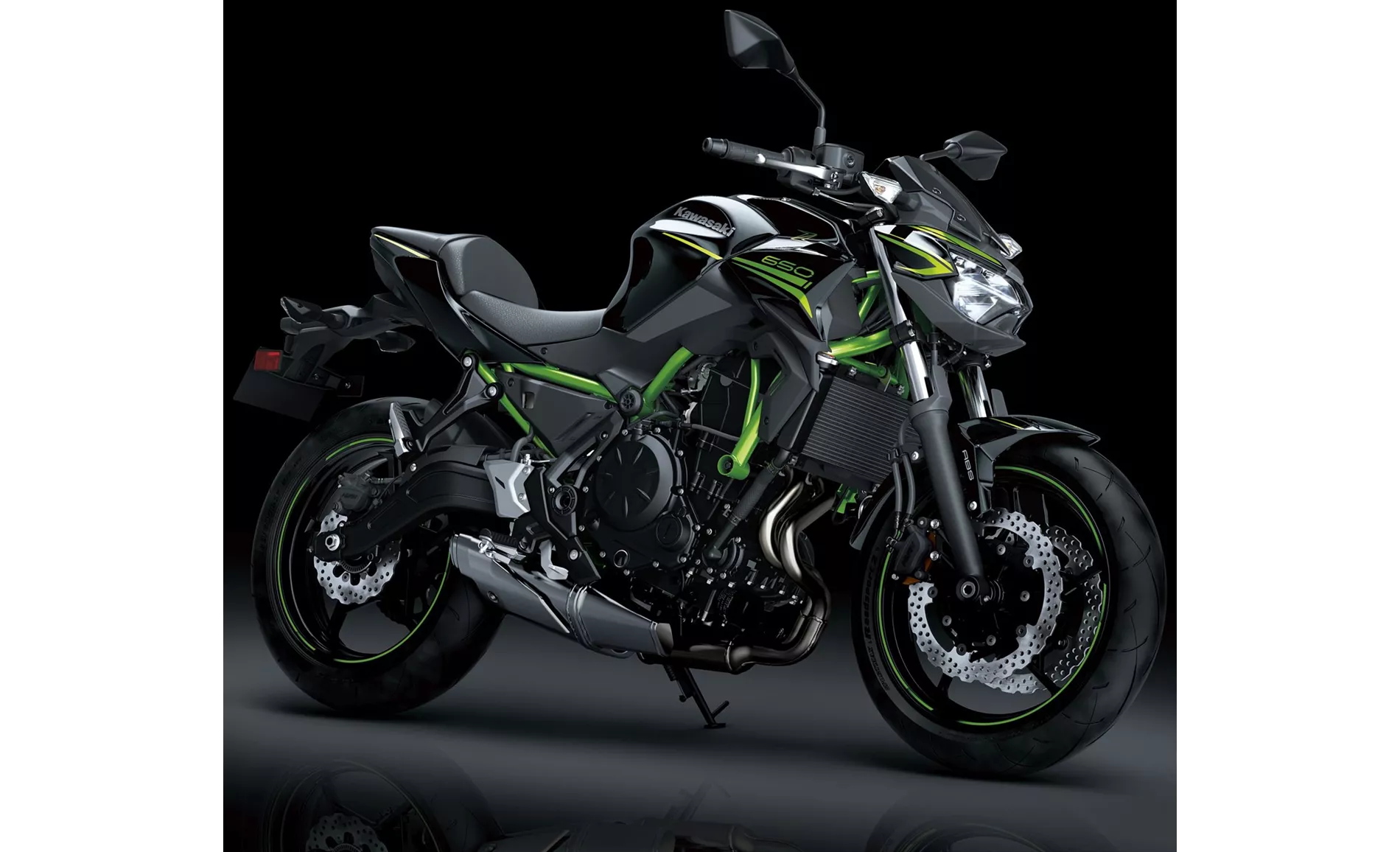
Kawasaki Z650 2020
In terms of additional features, the Z650 2020 has a TFT display with connectivity, allowing riders to connect their smartphones and access various functions. It also has a more grown-up look compared to the ER-6n. However, the Z650's front brake pressure point has been criticized, and it may not be as comfortable for taller riders. The Rideology App, which is available for both models, is not considered to be 100% sophisticated.
Overall, the Kawasaki Z650 2020 offers a more powerful engine, compact dimensions, and additional features such as connectivity and a TFT display. However, the ER-6n 2013 has a higher engine power and a larger fuel tank capacity. Both bikes have their strengths and weaknesses, and the choice between them will depend on the rider's preferences and priorities.
Technical Specifications Kawasaki ER-6n 2013 compared to Kawasaki Z650 2020
Pros and Cons in comparison
Pros and Cons in comparison
Kawasaki ER-6n 2013

The engine is hearty and a lot of fun, plus the ER shines with a Japanese meticulous finish and a fighting price.
Kawasaki Z650 2020

It's simply marvellous what Kawasaki has put together in a complete package with the new Z650. The technical components may not knock your socks off individually, but in combination they make for a pleasantly neutral motorbike that everyone will enjoy. No bitchy idiosyncrasies - simply a naked bike that works really well on winding country roads. Of course, the TFT display, which we don't find in the competition at the moment, is a plus, as is the grown-up look, which is strongly oriented towards the larger Z models. Only the pressure point of the front brake could have been more clearly defined - but you can't have everything in this price range.
Price Comparison Avarage Market Price Kawasaki ER-6n vs Kawasaki Z650
There are a few key differences between a Kawasaki ER-6n 2013 and a Kawasaki Z650 2020. It takes less time to sell a Kawasaki ER-6n with 42 days compared to 80 days for a Kawasaki Z650. Since model year 2006 1000PS.de editors have written 16 reviews for the Kawasaki ER-6n and 31 reviews for the Kawasaki Z650 since model year 2017. The first review for the Kawasaki ER-6n was published on 6/29/2005 and now has more than 11,200 views. This compares to more than 25,000 views for the first review on Kawasaki Z650 published on 11/8/2016.


